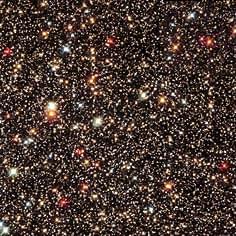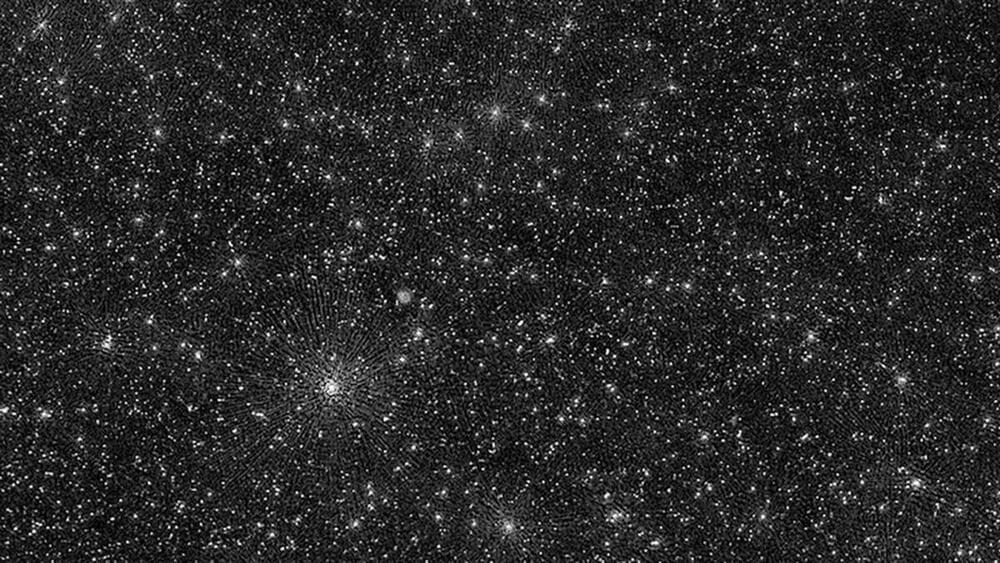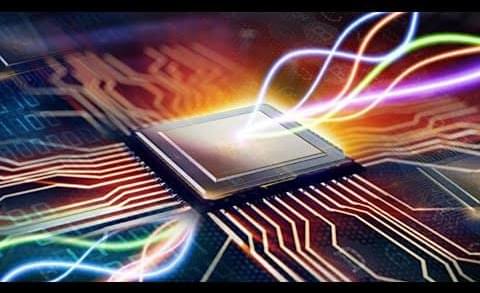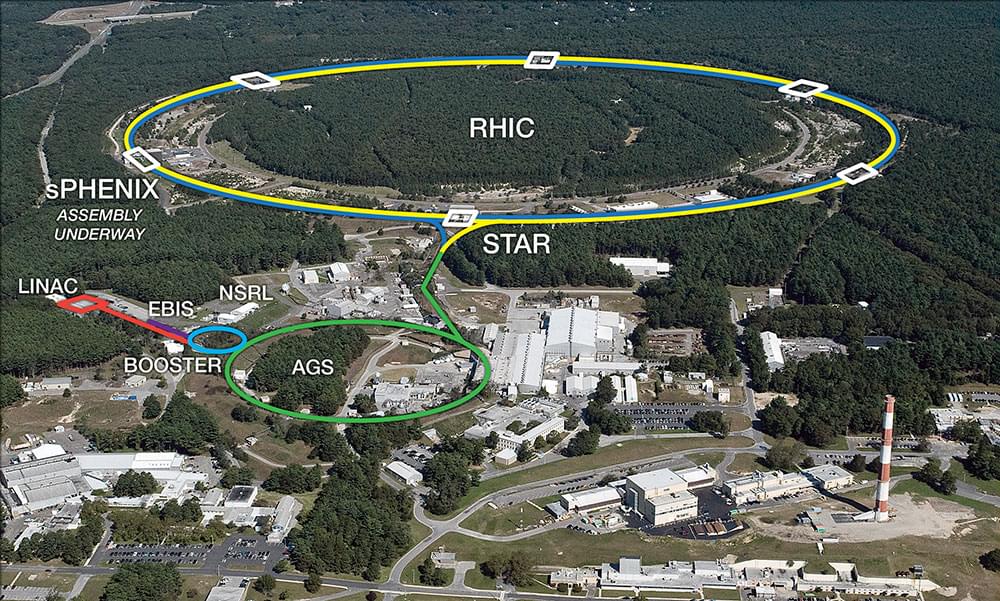Jan 4, 2022
Is precision public health the future — or a contradiction?
Posted by Derick Lee in categories: futurism, health
The definition of precision public health is sprawling and variable: for most researchers in the field it includes a sweep of data-driven techniques, such as sequencing pathogens to detect outbreaks and turbo-charging data collection to monitor harmful environmental exposures. It also encompasses an ambition to target interventions to specific people who need them.
Some public-health researchers are embracing data and technology to target small groups with precise health interventions. Others fear that these tactics could fail millions.


















